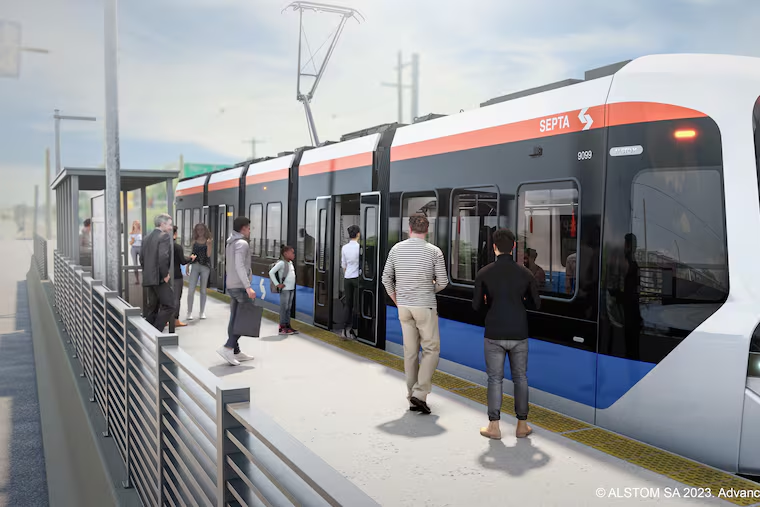Cancellation of KOP rail left $340M extra in SEPTA’s capital budget. Here’s how it will be spent.
SEPTA's 2024 capital budget includes dollars to acquire new train cars to replace aged ones and address a mounting backlog of repairs.

SEPTA's 2024 capital budget includes dollars to acquire new train cars to replace aged ones and address a mounting backlog of repairs.
